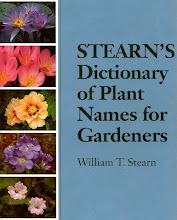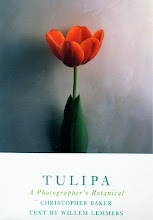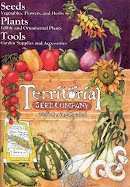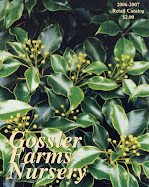Brighton Playfield/Playground in October 2013
Brighton Playfield is a fairly large park with more terrain & changes in elevation than you would expect from a playfield. It covers more than 12 acres including a tennis court, basketball courts, restrooms, a playground & a large playfield. It is attached to Aki Kurose Middle School. This very pleasant space is often used by people in the Brighton neighborhood as a place to walk. It is located at 6000 39th Avenue S in the Rainier Valley.
English immigrants who purchased lots here in the 1880s named the neighborhood for a resort town in England. The City of Seattle annexed the area in 1907. The Olmsted Brothers architectural firm recommended a park for the Brighton neighborhood in 1908. In 1911, the residents of Brighton petitioned the Parks Board for a playfield. A series of bond issues resulted in the purchase of the Brighton Playfield in 1913. For 20 years, the playfield site was used as a construction camp for street graders, for gardens, and as a garbage dump. Development of the park began in 1930. In 1948, the Seattle School Board selected a site south of the Brighton Playfield for a junior high school. Part of the Olmsted Plan was for schools to be sited next to playfields to provide recreation for students. This information comes from Seattle Neighborhoods: Brighton Beach at HistoryLink.org.
Brighton Playfield is a fairly large park with more terrain & changes in elevation than you would expect from a playfield. It covers more than 12 acres including a tennis court, basketball courts, restrooms, a playground & a large playfield. It is attached to Aki Kurose Middle School. This very pleasant space is often used by people in the Brighton neighborhood as a place to walk. It is located at 6000 39th Avenue S in the Rainier Valley.
English immigrants who purchased lots here in the 1880s named the neighborhood for a resort town in England. The City of Seattle annexed the area in 1907. The Olmsted Brothers architectural firm recommended a park for the Brighton neighborhood in 1908. In 1911, the residents of Brighton petitioned the Parks Board for a playfield. A series of bond issues resulted in the purchase of the Brighton Playfield in 1913. For 20 years, the playfield site was used as a construction camp for street graders, for gardens, and as a garbage dump. Development of the park began in 1930. In 1948, the Seattle School Board selected a site south of the Brighton Playfield for a junior high school. Part of the Olmsted Plan was for schools to be sited next to playfields to provide recreation for students. This information comes from Seattle Neighborhoods: Brighton Beach at HistoryLink.org.























































































